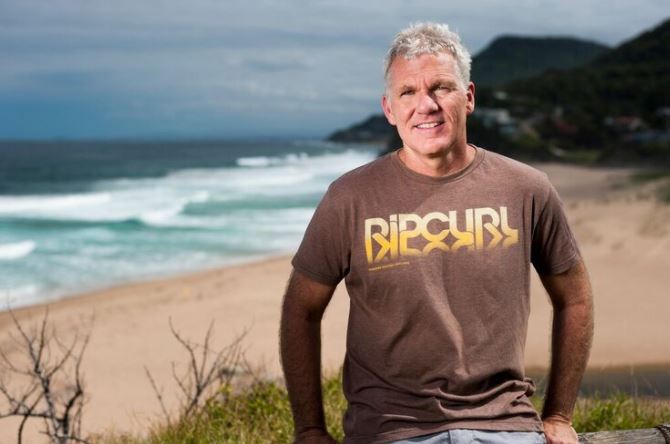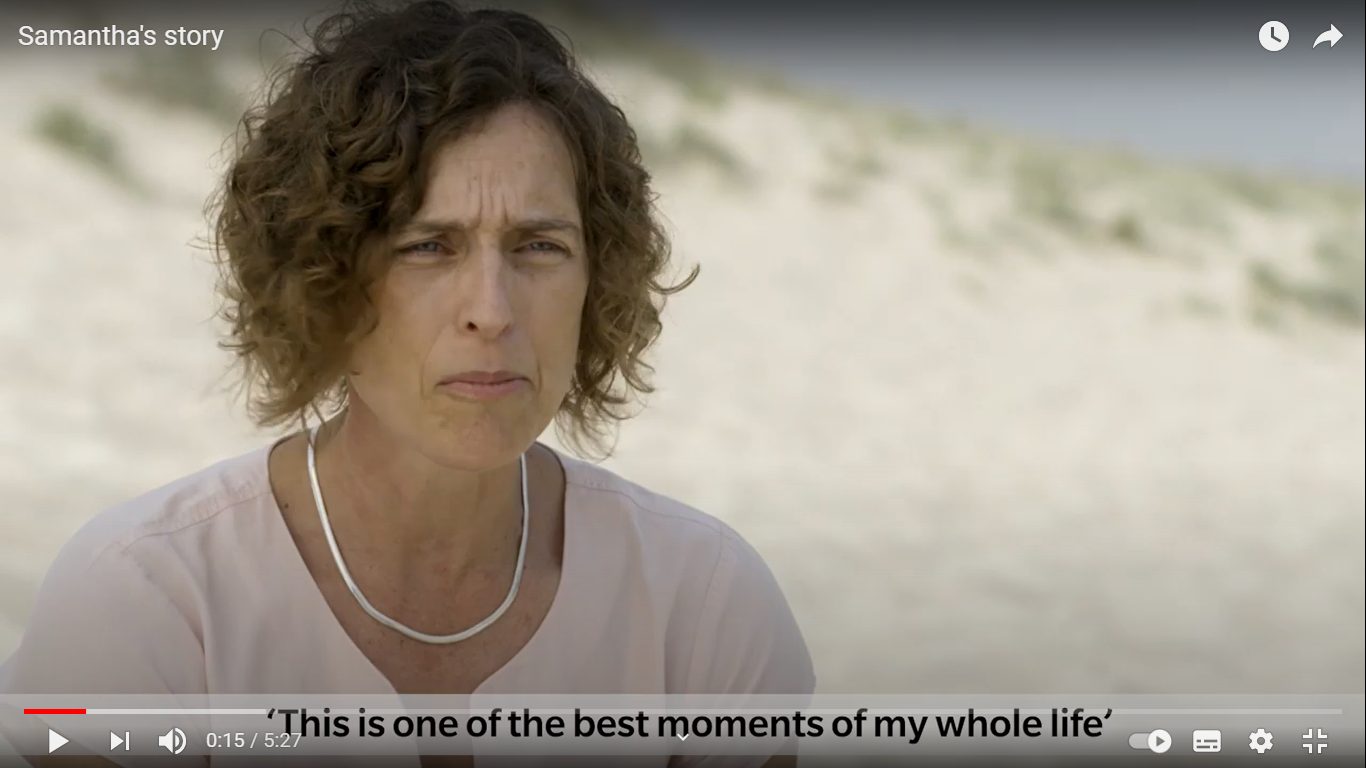What is a rip?
Rips are one of the greatest and most common hazards on Australian beaches. Knowing what a rip is, how to spot one and how to avoid one is key to staying safe at the beach.
Can you spot a rip?
What does a rip look like?
We have over 11,000 beaches in Australia with around 17,000 rip currents at any given time. Rips can change shape and location quickly and may be difficult to see.
Lifeguards and lifesavers know how to identify a rip through several telltale signs. Once you’re familiar with these, it will be easier to tell where rip currents are so that you can avoid them.
This video will help you learn how to identify a rip.
The key signs to look for are:
- DARKER WATER MEANS DEEPER WATER. When waves crash onto the shore, they break, and all the water that they carried has to go somewhere. What happens is that they carve out a path on the sand going back out to the ocean, which then becomes deeper than the other parts of the beach.
- GAPS BETWEEN WAVES. Spots that seem much calmer than the rest of the beach are something to be wary of! It may seem tempting to head to that one spot that doesn’t seem to have any waves, but these spots are actually a hotbed for rip currents. The reason why there aren’t any waves is because water is rushing back into the sea instead of towards the shore.
- SEAWEED, SAND AND SEDIMENT. An easy-to-spot sign of a rip current is the sandy clouds pulling out to sea. Because of its strength, a rip can gather a lot of sand along with seaweeds, sediments, and other debris, and drag these along.
- RIPPLED SURFACE surrounded by smooth waters. When various currents heading in all different directions are pushing towards one another, it will create a beautiful, yet very dangerous rippled effect, that is very noticeable.
- FEWER BREAKING WAVES. The "rip area" is the deeper channel where water is on it's way out, this area won't have as many breaking waves as the surrounding surf where the white-foam-tipped waves break onto the sand.
Professor Rob Brander (aka ‘Dr Rip’) is on a quest to educate people about rip currents and how to spot them. In 2009 Rob started a ‘Rip of the Month’ feature where he posts pictures, or videos, of rip currents and talks about them. With over 150 pictures and counting, it’s the largest collection of rip current images in the world!

How can you survive a rip current?
Swim between the red and yellow flags
Lifesavers always assess beach and ocean conditions and will choose a section of the beach that is the safest for swimming. They will put up their red and yellow flags in that location and will closely supervise this area.
Watch this video to learn how to survive if you are caught in a rip.
If you are caught in a rip...
- Relax – stay calm and float to conserve your energy.
- Raise your arm and attract attention from lifeguards or lifesavers.
- Lifeguards or lifesavers will be on their way to help you.
- You may escape the rip current by swimming parallel to the beach, towards the breaking waves.
- Reassess your situation. If what you’re doing isn’t working, try one of the other options until you’re rescued or return to shore.
STOP. THINK. PLAN.
Next time you visit the beach - no matter where you are - make sure that you STOP. THINK. and PLAN. your visit.
Watch this short video from from rip survivors.
STOP. THINK. PLAN.
- STOP before you enter the water to observe the beach, the ocean, the signs.
- THINK about whether or not it is safe to enter the water.
- PLAN what to do if you or someone with you got into trouble.




